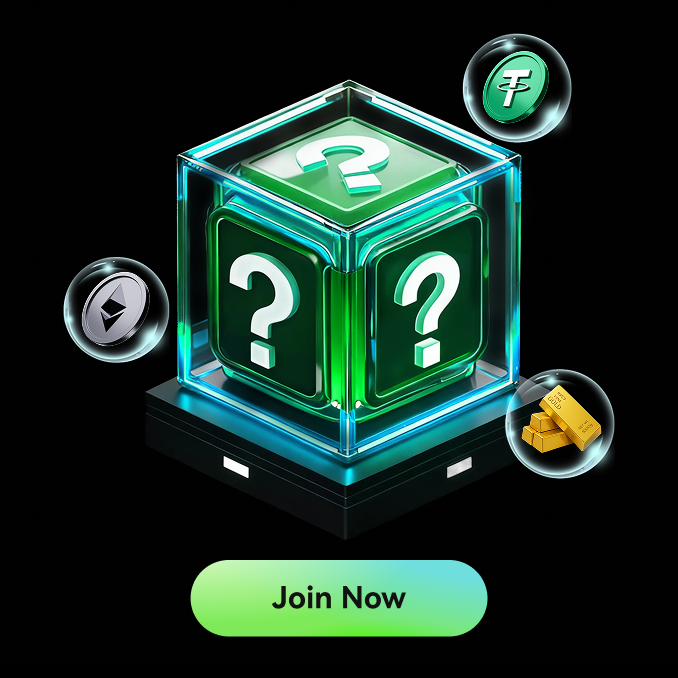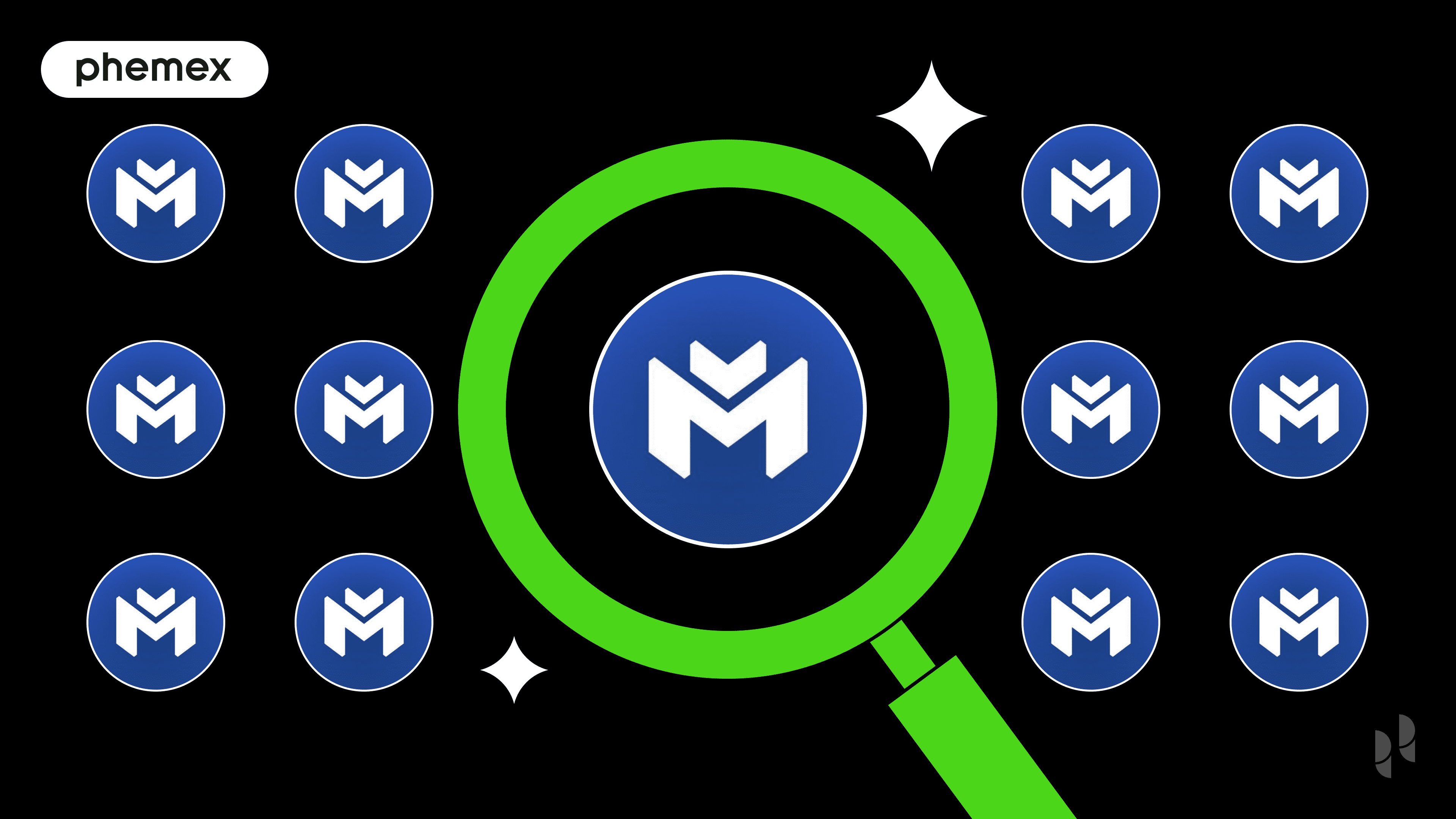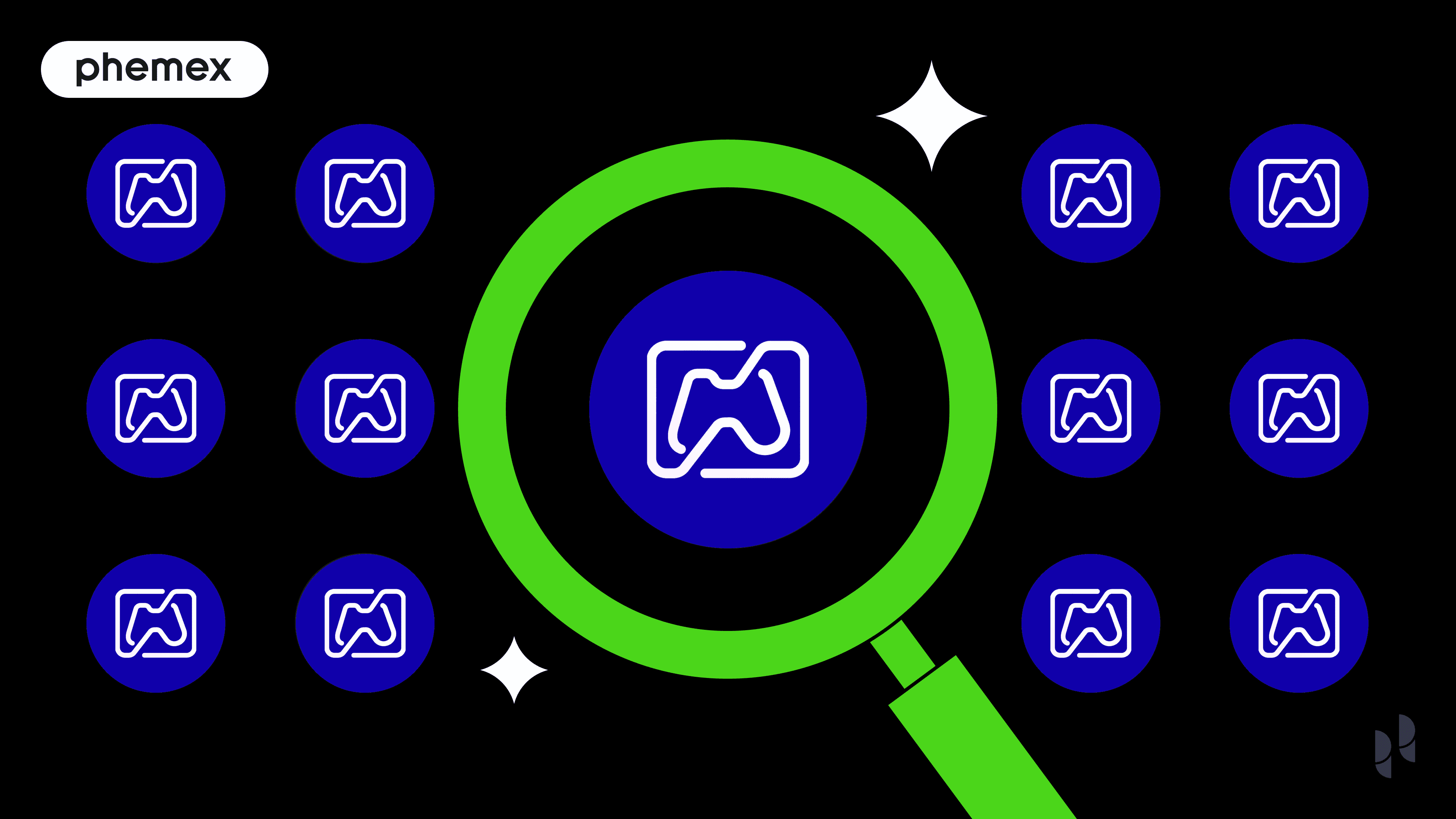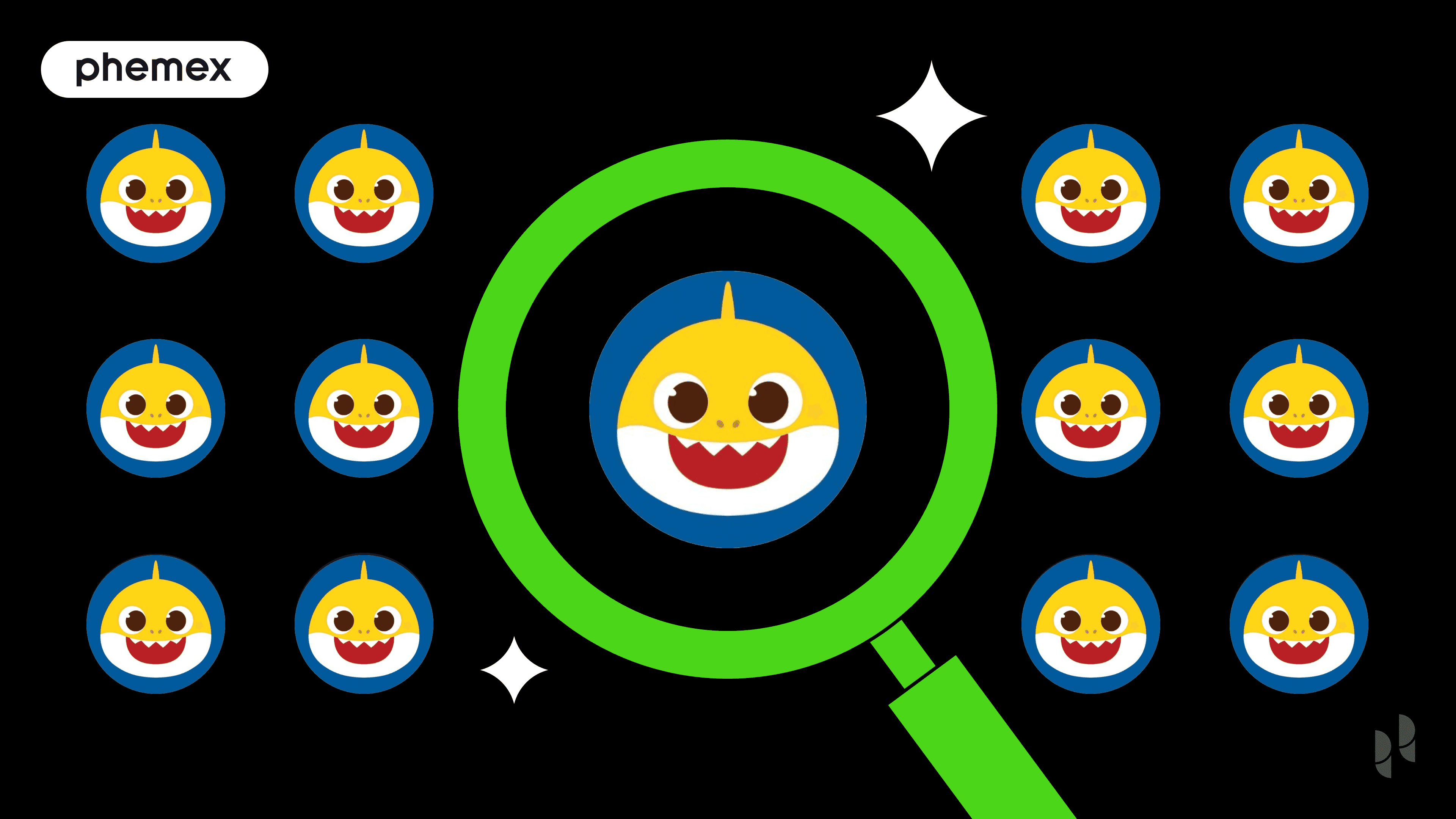The landscape of Web3 gaming, or GameFi, is in a constant state of evolution. Early iterations promised players true ownership of their digital assets but were often hampered by high transaction fees, slow networks, and fragmented user experiences. As the industry matures, new projects are emerging with more sophisticated solutions designed to tackle these foundational challenges head-on.
One such project is RCADE, the native token for the ecosystem being built by Revolving Games. Instead of a simple application, RCADE is architecting a dedicated gaming infrastructure on a custom Arbitrum layer. This article provides a comprehensive, neutral overview of RCADE, exploring its technology, tokenomics, utility, and the ecosystem it aims to power. We will delve into what makes it distinct and analyze its position within the competitive GameFi sector.
RCADE: Quick Facts
For a concise summary of the project, here are the key details.
-
Ticker Symbol: RCADE
-
Chain: Arbitrum
-
Contract Address: 0x077574441C4F8763a37a2cFeE2ECb444aA60A15e
-
Max Supply: 40,000,000,000
-
Primary Use Case: A GameFi token for staking, node rewards, and governance.
-
Current Market Cap: Not applicable (pre-launch).
-
Availability on Phemex: No (as of writing).
What Is RCADE?
So, what is RCADE? At its core, RCADE is the native utility token designed to function as the economic backbone of the Revolving Games ecosystem. It is not tied to a single game but is intended to serve as a universal asset across a suite of interconnected titles. The project's central goal is to create a seamless environment where players can earn real value through gameplay, own their virtual achievements, and move assets fluidly between different gaming worlds.
An RCADE explained in technical terms is an ecosystem built from the ground up on a custom Arbitrum Layer 3. This choice is significant. Rather than building a decentralized application (dApp) on a general-purpose Layer 1 or Layer 2 blockchain, Revolving Games is creating its own application-specific chain. This "chain-of-a-chain" approach allows for maximum customization, enabling the developers to fine-tune the network for the specific demands of gaming—namely, high speed, low costs, and scalability.
In essence, RCADE aims to be the unifying currency and governance mechanism that powers a cohesive, multi-game universe, making the concept of "play-and-earn" an integral part of the gaming experience, not just an afterthought.
How Many RCADE Tokens Are There?
Understanding the token supply and its mechanics is crucial for evaluating any crypto project. RCADE's tokenomics are designed around a growth-focused, emissions-based model.
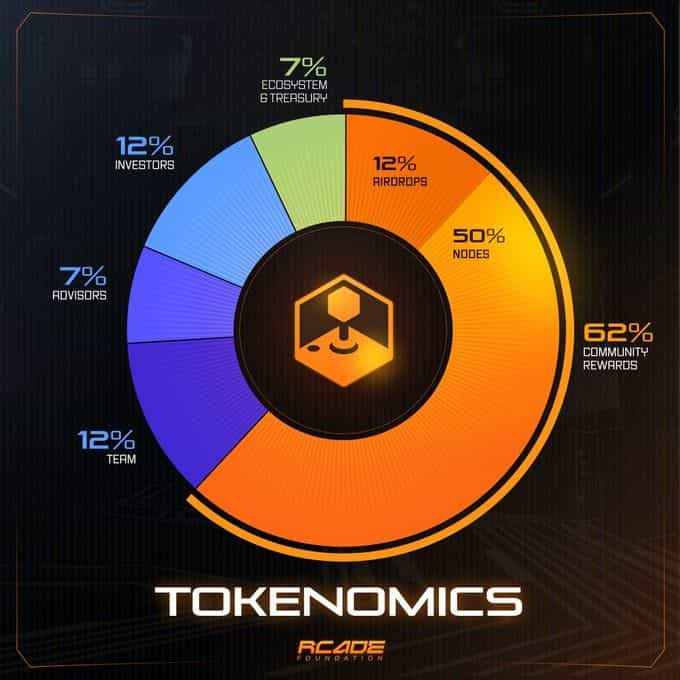
Max vs. Circulating Supply
The maximum supply of RCADE is permanently capped at 40 billion tokens. This provides a fixed upper limit on the number of tokens that can ever exist. Prior to its official Token Generation Event (TGE), the circulating supply is minimal, primarily consisting of tokens earned by early participants through pre-launch activities like node staking. The full circulating supply will gradually increase over time as vested tokens are released to the team, investors, and the ecosystem, and as rewards are distributed.
Inflationary or Deflationary?
RCADE employs an emissions-based model, which means it is inherently inflationary during its growth phases. New tokens are minted and distributed as rewards to node operators and other ecosystem participants to incentivize network security and participation. This approach is common for new networks that need to bootstrap a community of operators and users. Currently, the project has not announced a token-burning mechanism, which means the focus is on controlled inflation to foster growth rather than deflation to create scarcity.
Burning and Minting Mechanics
The primary mechanic influencing the supply is minting through emissions. These emissions are distributed according to a pre-defined schedule to reward those running nodes and staking tokens. The supply will also be impacted by the long-term vesting schedules for the team, advisors, and early investors, which are designed to prevent premature selling pressure on the market.
What Does RCADE Do? Use Cases and Utility
The utility of the RCADE token is deeply integrated into every aspect of the Revolving Games ecosystem, ensuring its function extends beyond simple speculation. The RCADE use case is multifaceted, covering in-game utility, network participation, and governance.
Real-World & Network Use Cases
-
Game Utility: Within the titles developed by Revolving Games, such as the upcoming Skyborne: Phoenix Flight, RCADE will serve as the primary unit of exchange. Players will use it for in-game purchases, unlocking new content, and conducting peer-to-peer trades on marketplaces.
-
Node Rewards: A central feature of the ecosystem is its network of "Scout Nodes." Individuals who operate these nodes contribute to the decentralization and security of the RCADE Chain. In return for their contribution, they earn a steady stream of RCADE tokens through emissions. Furthermore, operators can use specific NFTs, like Nexus or RG Bytes, to amplify their reward yields, adding a layer of gamified yield farming to the network.
Token-Specific Utility
-
Staking Rewards: To activate a Scout Node and begin earning rewards, operators must first stake RCADE tokens. There is a 90-day initial period before emissions begin, encouraging long-term commitment.
-
Governance: RCADE is designed to function as a governance token. Holders will have the ability to vote on key proposals affecting the ecosystem's future, giving the community a direct voice in its development and management.
-
Fee Consumption: The token will be used to pay for network transaction fees and other in-game service fees. This directly ties the token's utility to the growth and activity of the entire ecosystem—the more people play and transact, the more RCADE is used.
RCADE vs. Bitcoin: A Comparison of Purpose
Comparing a specialized GameFi token like RCADE to a foundational asset like Bitcoin highlights their fundamentally different designs and objectives. The RCADE vs Bitcoin discussion is not about which is superior, but about understanding their distinct roles in the digital asset space.
| Feature | RCADE | Bitcoin |
| Technology | A Layer 3 protocol built on Arbitrum, utilizing rollup technology. | A decentralized Proof-of-Work blockchain. |
| Speed & Fees | Designed for high throughput and micro-fees, suitable for gaming. | Slower transaction speeds; fees can be high during network congestion. |
| Use Case | A utility token for a specific GameFi ecosystem (nodes, governance, in-game currency). | A store of value, a medium of exchange, and a decentralized monetary network. |
| Decentralization | Semi-decentralized, relying on a distributed network of community nodes. | Highly decentralized with a massive, globally distributed network of miners. |
In short, Bitcoin is designed to be "digital gold"—a secure, robust, and scarce store of value. RCADE is designed to be a high-velocity, functional utility token for a specific, high-transaction environment. They operate in different corners of the crypto universe and serve entirely different purposes.
The Technology Behind RCADE
RCADE's technological foundation is one of its most defining characteristics. The choice to build a custom Layer 3 chain on Arbitrum is a strategic move to overcome the "blockchain trilemma" (decentralization, security, and scalability) for its specific use case.
Consensus Mechanism and Architecture
RCADE operates on its own RCADE Chain, which is built as an Arbitrum Layer 3 using rollup technology. Here’s what that means:
-
Layer 1 (Ethereum): Provides the ultimate security and settlement layer.
-
Layer 2 (Arbitrum One): A general-purpose rollup that bundles transactions to reduce fees and increase speed, while still inheriting Ethereum's security.
-
Layer 3 (RCADE Chain): An "Orbit Chain" built on top of Arbitrum. This is an application-specific chain that settles its transactions on the Arbitrum Layer 2. This architecture allows RCADE to achieve even greater scalability and lower costs than a standard L2, while also giving developers full control over the chain's governance and economics.
Unique Innovations
A key piece of technology in the RCADE stack is the Easeflow middleware. This is a proprietary infrastructure solution that streamlines node operations. It handles complex tasks like transaction batching and state syncing, effectively abstracting away the blockchain complexity. This allows game developers to focus on creating engaging games rather than wrestling with low-level infrastructure management.
Infrastructure and Partnerships
The project is supported by significant collaborations with prominent venture capital firms and organizations in the Web3 space. Backers like Animoca Brands, Pantera Capital, Cypher Capital, and P2 Ventures provide not only capital but also strategic industry expertise and network access, which is crucial for ecosystem growth and adoption.
Team & Origins
Revolving Games, the company behind RCADE, was launched in 2019. It has since evolved into a publisher and studio focused on developing strategy and MMO (Massively Multiplayer Online) blockchaine titles.
While some core members of the Revolving Games team are public, many developers operate behind the scenes. This level of team anonymity for developers is not unusual in the crypto space, though it is a factor that potential participants should be aware of.
RCADE: Strengths, Challenges, and Outlook
This final section offers a balanced analysis of the factors that could influence RCADE's trajectory, presented in a neutral, educational format.
Disclaimer: This article is for informational purposes only and does not constitute financial advice. The cryptocurrency market is inherently volatile. Readers should conduct their own research and consult with a professional financial advisor before making any investment decisions.
Potential Strengths:
-
Innovative Technical Architecture: The use of a custom Arbitrum Layer 3 and the Easeflow middleware provides a strong foundation for a scalable and efficient gaming ecosystem, potentially offering a competitive advantage.
-
Strong VC Backing: Support from top-tier firms like Animoca Brands and Pantera Capital provides credibility, funding, and strategic guidance.
-
Clear Utility and Incentive Model: The token's utility is well-defined, with node rewards, staking, and in-game use cases creating a clear incentive structure for participation and long-term holding.
-
Focus on a Specific Niche: By targeting the strategy and MMO genres, RCADE can build a dedicated community and a deeply integrated ecosystem rather than trying to appeal to all gamers at once.
Potential Risks and Challenges:
-
Inflationary Tokenomics: The emissions-based reward system will increase the circulating supply over time. Without corresponding growth in demand or future deflationary mechanisms, this could create long-term selling pressure on the token's price.
-
Dependence on Game Success: The ultimate success of the RCADE token is inextricably linked to the quality and adoption of the games within its ecosystem. If the games fail to attract and retain a large player base, the token's utility will diminish.
-
Execution Risk: Building and maintaining a custom Layer 3 chain, middleware, and multiple AAA-quality games is a monumental task. The project's success is highly dependent on the team's ability to execute on its complex roadmap.
-
GameFi Market Volatility: The GameFi sector is known for its intense hype cycles. Projects can experience rapid growth followed by steep declines. RCADE's success will depend on its ability to build a sustainable community beyond speculative interest.
Conclusion:
RCADE represents a technically ambitious and well-funded project aiming to address some of the core challenges in Web3 gaming. Its strategic use of Layer 3 technology, coupled with a clear token utility model and strong industry backing, positions it as a noteworthy contender in the space.
However, its success is not guaranteed. It hinges on flawless technical execution, the launch of compelling games that resonate with players, and navigating the inherent risks of an inflationary token model and a volatile market. For those interested in the future of blockchain gaming infrastructure, RCADE is a project worth monitoring. Users interested in how to buy RCADE or trade RCADE should keep an eye on official project announcements for information on exchange listings. The latest news about RCADE and the future RCADE price will be closely tied to the successful rollout of its games and platform.
